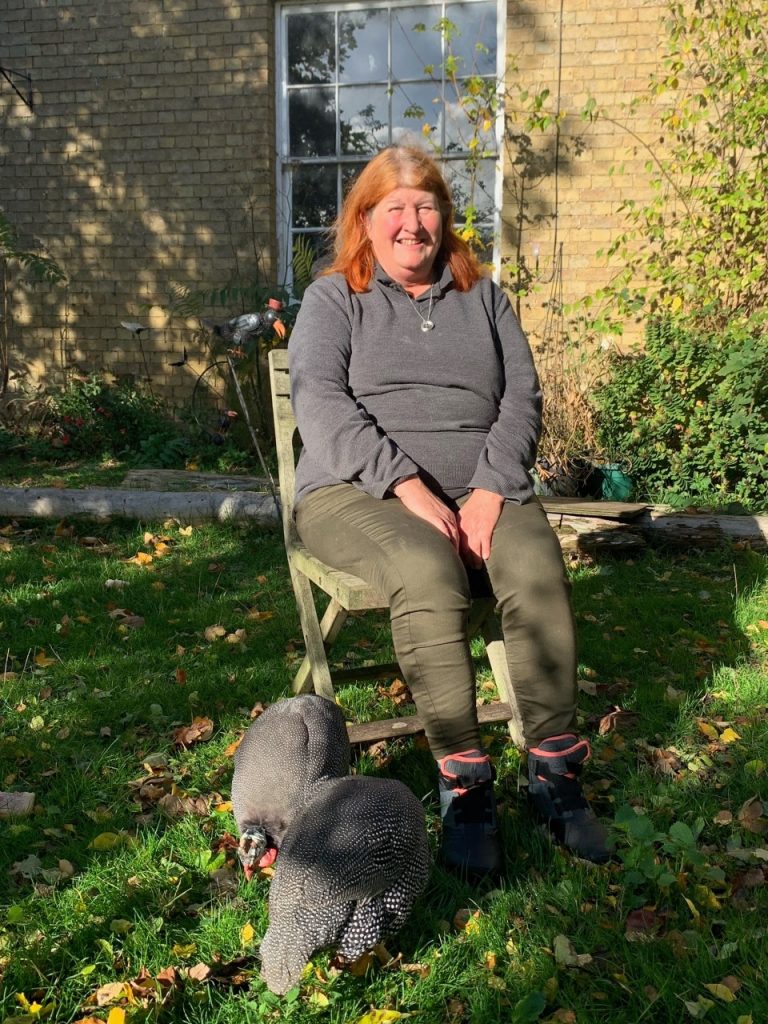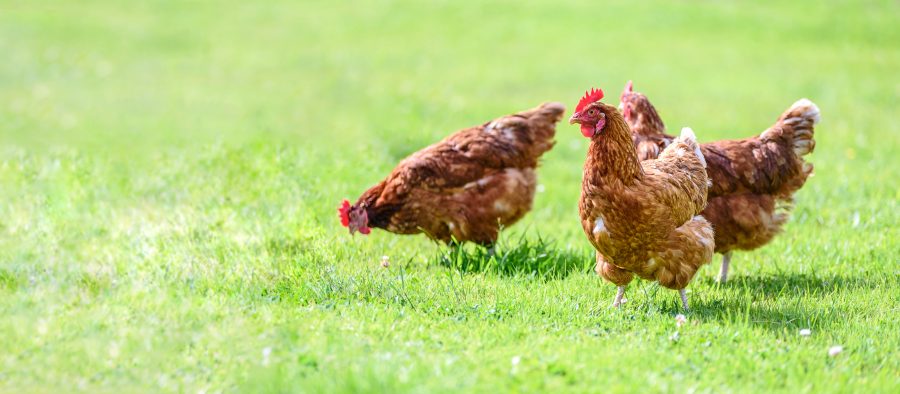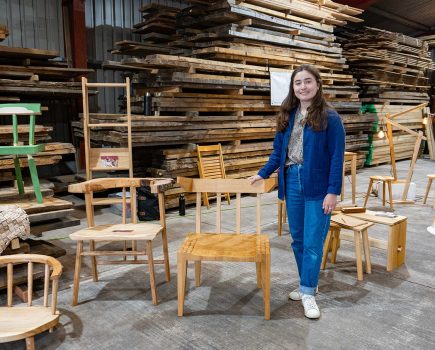31st October
It’s warm and a peacock butterfly ambles across the paddock. But I am feeling very cold as I’ve just received notification from APHA that a housing order for poultry is coming in from the 7th November. I did think it would come but I didn’t think it would be quite yet. I am partially prepared, in that I have thought what I would do, but as yet not done it. This is the gist of the Housing Order.
The addition of housing measures to the AIPZ already in force across England means all bird keepers across England must:
- house or net all poultry and captive birds
- cleanse and disinfect clothing, footwear, equipment and vehicles before and after contact with poultry and captive birds – if practical, use disposable protective clothing
- reduce the movement of people, vehicles or equipment to and from areas where poultry and captive birds are kept, to minimise contamination from manure, slurry and other products, and use effective vermin control
- keep records of mortality, movement of poultry and poultry products and any changes in production
- thoroughly cleanse and disinfect housing on a continuous basis
- keep fresh disinfectant at the right concentration at all farm and poultry housing entry and exit points
- minimise direct and indirect contact between poultry and captive birds and wild birds, including making sure all feed and water is not accessible to wild birds
- prevent access by poultry to ponds and watercourses and ensure that birds are kept in fenced or enclosed areas

Liz with her guinea fowl
But there is worse to come. The bulletin I receive later in the day tells me that there is an outbreak about a mile away from me. With a sense of dread I follow poultry vet David Parson’s advice that will be published in the December issue of The Country Smallholder/Practical Poultry to access the interactive maps. It doesn’t appear to be quite where I thought but still very close.
I look at my much-loved family of peacocks, a male, two sisters but unrelated to him, females and their baby, as yet sex unknown. I look at my amazing boys, two guinea fowl who are so tame they follow me everywhere and if they are down the field, fly towards me if I call like a rather bulky hawk. I look at the pretty and ridiculous little fluffy Silkie/Pekin crosses, quite new to the world and finding everything such fun, my drake and my pheasant and I panic hugely inside. It’s one thing to write about it, it’s another thing to live it.
1 November
After a bit of a heated discussion of what we are going to do (my partner disliking the idea of cleaning out the not as empty as it ought to be stable – eg full of junk), we arrive at an agreement. This involves buying a considerable amount of netting and erecting some extra runs. My partner heads to an agricultural/horticultural merchant to buy what is needed and to get some more drinkers. I start thinking about enrichment. The guinea fowl are such busy boys. I like Jane Howorth (MBE) whose ideas on Radio 4 PM, seem to generate surprise in her interviewer. Definitely a chair so I can sit (and shiver) with my boys. I might bring them into the conservatory as well as they are far more pets than poultry. I have plenty of ideas for the others, many of which I have already put in place.
(JaneHowarth OBE on this link 25 minutes 30 secs in – She founded the British Hen Welfare Trust which has long been a contributor to Practical Poultry and now The Country Smallholder – if you’d like to do Listen Again now BBC Sounds) www.bbc.co.uk/sounds/play/m001dn9k
I feel slightly happier that we have a plan and that I can try and keep them all happy and interested. At least the days will be short and the weather poor so they might not mind so much as they would in the summer.
2 November
Radio Cambridgeshire calls me. Will I be around 7am in the morning to talk about the current situation? I promise I will take the phone to bed with me and brief them on the points I would like to cover.
3 November
Up early and Radio Cambridgeshire rung at 7am as expected. They left me on the line listening to this visit to a local smallholding – very good piece and here it is in its entirety. This extract highlights an issue we raise often in The Country Smallholder about access to information; this smallholder was not aware there was a case in the immediate area www.bbc.co.uk/sounds/play/p0dcf8sz (approx 5 minutes).
My contribution is on the full item www.bbc.co.uk/sounds/play/p0d5wmyj and at the end of a discussion on avian flu that started at 7am – at 1 hour 20 seconds into this link. There seems to still be a lot of confusion about information, the first speaker didn’t realise that there was a case within the area, and the different zones, Control, Protection and Surveillance – you can find the interactive map on this link https://defra.maps.arcgis.com/apps/webappviewer/index.html?id=8cb1883eda5547c6b91b5d5e6aeba90d
I find when I look on the interactive map, that I am in a pink zone which indicates that it is a captive bird monitoring zone meaning this is not a commercial outbreak. To the other side of me, we are near the edge of a commercial outbreak (blue) which has a surveillance zone extending to 10kms and at the centre of all this is a commercial outbreak. I find this all quite confusing and thankfully, David Parsons, our poultry vet has talked me through this and has done us tables to show the differences, which I will put up on the website after the weekend. I finally feel that I have a true understanding of it all now but feel humbled as it is a lot to take in.
Liz Wright is Editor of The Country Smallholder. To subscribe, click here.
See the latest bird flu news from The Country Smallholder here.








